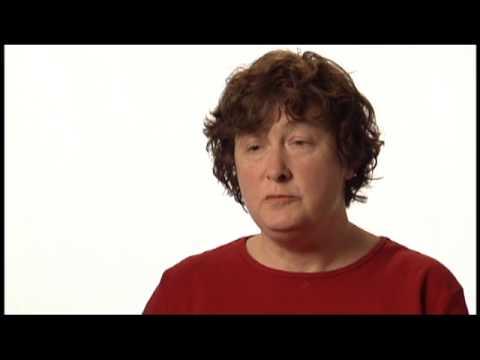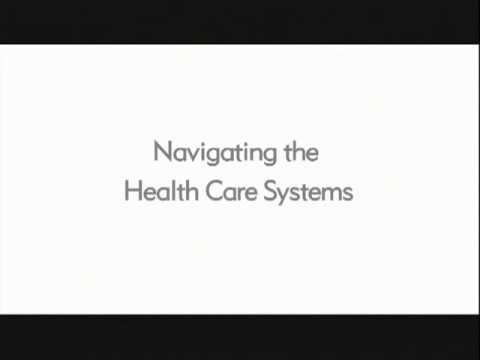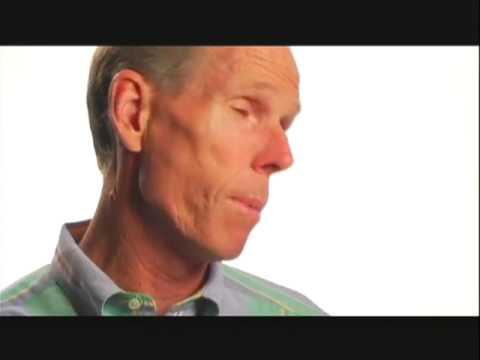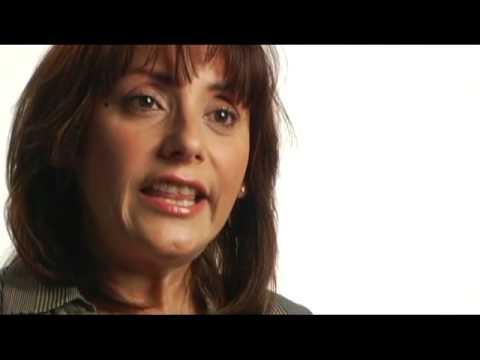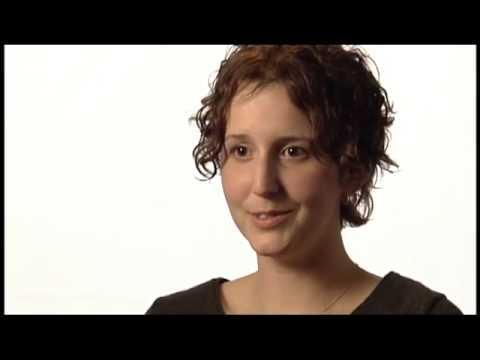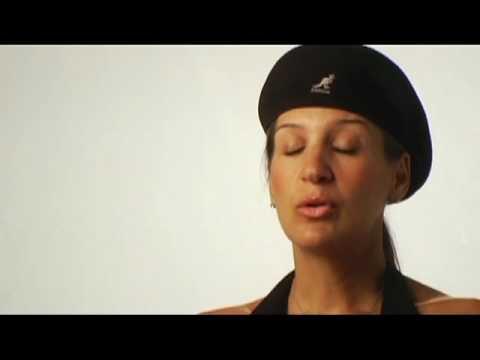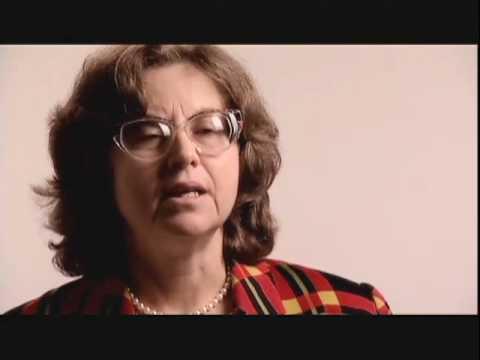Mark K.
I became a hairy cell leukemia survivor when I was diagnosed in 1986.
They told me I was going to do a drug called Interferon that had just been released by the FDA. So I started giving myself shots. The hard part of that was sticking the needle in myself. It wasn’t the chemo. But you learn to do what you need to do. It stabilized me. My blood counts went up a little bit, but not much. I was on interferon for about a year and then they took me off. The interferon left me with flu-like symptoms on almost a permanent basis. After I would take the stuff, I would get all droopy and fall asleep. I couldn’t go out in the sun because the area where I had injections would get big, red blotches. When I stopped, it was all right except that my blood counts didn’t go up high enough that I had any energy. So for a very long time, I was sick.
They told me that hairy cell was very rare. It only hits about five hundred people a year in the United States. But they also told me that they weren’t doing well with it. It wasn’t curable. They told me I had about 18 months to live. That was July 1986. July 2005 will be 19 years. So they were off. In 1988, they decided that I would do better if they took my spleen out. It didn’t help my leukemia a bit.
By that summer, I had relapsed again. So they put me on another drug called pentostatin. This was my second chemotherapy. I got about halfway through the course of pentostatin and had a bad reaction. I wound up at the cancer center for about 90 days with two different types of pneumonia. Cytomegalovirus was the second pneumonia that I got. Cytomegalovirus is the thing that kills AIDS patients or anybody who’s immune suppressed, and leukemia patients are generally immune suppressed. They really didn’t have a treatment for leukemia patients with that, but I had two sensational doctors. They used to come into my room and be pretty grim. But they put their heads together and came up with a treatment. The second one, I found out months later, was supposed to be 100 percent fatal with leukemia patients. But nobody told me I was going to die, so I didn’t. I just kept living.
I tried really hard to be a survivor and not a victim. While I was in the hospital, I had work with me. I had my Dictaphone, and there was a phone in the room. I had people bring my mail from the office, and I tried to work as much as I could. You just have to fight back. You have to stay in the game somehow.
In 1993, I relapsed again. This time, they put me on another experimental drug called 2-CdA. That was a six-day treatment of chemotherapy, which was a whole lot easier than the others. I went into remission for the first time. My blood counts came back up for the first time since 1986. They had been up, but not up to anything that was really normal. I went up to normal counts, and I have had no chemo since 1993.
Since that time, a lot of things have changed in my life. I moved from Baltimore to Washington. I married an incredibly wonderful woman. Life is good. And I’m a survivor.
Being a survivor really is a state of mind. Facing life-threatening diseases and continuing to live. One of the doctors that I met said to me really early on, “My patients who decide they’re going to die generally do.” Which doesn’t mean that everybody who decides that they’re going to live can. But it helps. When I was diagnosed, my daughter was seven years old. I had too much to live for, so I decided I was going to live. You start living every single day. I had to make some changes in my life because there were some unhappy things in my life that I had to fix, and I did it.
The type of law that I practice, I basically run around the country and sue companies in states all over. I am often on the road three or four times a month. I try cases that are two or three months long. If somebody without the disease could do it, well then I could do it. And I did it. I love the work I do, but it’s not the first priority. My family is the first priority, and you lose sight of that until somebody slaps you upside the head and says, “Hey. You could die.” And that really does change your mindset.
One of the things that Lance and the Lance Armstrong Foundation have done is awaken a lot of people to the meaning of survivorship. It’s a very special thing to be a survivor. In some ways, I’m a better person than I was. Not that I’m recommending it to all my friends, but it really does improve your life.
I spend a lot of time talking to survivors. A couple of years ago, we went to the Greenebaum Cancer Center to help them serve Thanksgiving dinner to people who were stuck in the hospital and couldn’t get out. I had been there one year for Thanksgiving and couldn’t get out. There was a guy who came in the room, who had just been diagnosed with cancer and was going to need a bone marrow transplant. He was scared to death. His family hadn’t gotten there yet. He was stuck in the hospital during Thanksgiving, and that’s a big deal to a lot of people. He sat there, and he was crying and was upset. I went over to him and told him that 15 years earlier, I had been in the hospital during Thanksgiving. I told him that they had told me I had 18 months to live. Here I was, a 15 -16-year survivor. I watched his head and his shoulders come up and he stopped crying. He said, “Really?” I wasn’t there to serve potatoes that day. I was there to talk to that guy and there was meaning in that.
I’ve got a stack of two different books at home. One is called, It’s Not About the Bike and the other one is called Every Second Counts. When I hear that someone I know is diagnosed with cancer, I call and tell them my story. Everybody’s got to hear this story because I’ve been alive so darn long that that part is good in and of itself. And then I send them a book. “Read the book.” People read it, and they’ll call me and go, “Oh, thank you. I read it. My wife read it. My mother read it. It means so much to us.” “Okay. Now read the second book.” It helps people. Lance helps people. Mario Lemieux helps people. Paul Azinger helps people. These high profile folks with cancer help other people to understand, because in my parents’ generation, if you had cancer, you died. That was it. In fact, you didn’t say “cancer” out loud. You either whispered it or you said, “The Big C.” And now, you can shout it from the rooftops. You can go and ride the Tour de France seven times and tell everybody that the fact that you’ve been diagnosed with cancer doesn’t mean that you’re going to die. It means that you’re going to live, and you’re going to live every second of your life until the last one. You’ve got to get that message to people because people still don’t understand the disease.
I have been on the Board of the Cancer Center, Board of the National Coalition for Cancer Survivorship, and I’m an attorney, so I make my living talking to people. The goal of Livestrong Day is to go and meet with Congressmen. There are two former United States senators in my law firm, and I’ve talked to them about who I should be tapping on Capitol Hill. There are too many people in the Congress that don’t understand. Although there’s a lot of money being spent to try and find the cure for various forms of cancer, there is not nearly enough, if any, being spent to help survivors survive. There are insurance problems, employment problems and social problems. Just incredible difficulties that survivors have to go through. The government has, for an understandable reason, not put a lot of money into it. The understandable reason is that people believed that if you had cancer, you were going to die. So why do we need survivor programs? Now, there are 10 million of us. We’ve got to get that message across to the Congress. Every day, we’re saving more cancer survivors. So Congress has got to wake up and realize that if there are 10 million now, in ten years, there will be 25 million, unless we find some magic cure for cancer. I’m not holding my breath waiting for that. We’ve got to help the survivors now. That’s why I’m here. This isn’t a Republican issue or a Democratic issue. Cancer will hit both sides equally, and survivors are Republicans, and Democrats, and Independents, and black, and white, and purple, and green, and everything else. And they need the help from the government.
My name is Mark Kolman, and I’m a 19-year hairy cell leukemia survivor.
